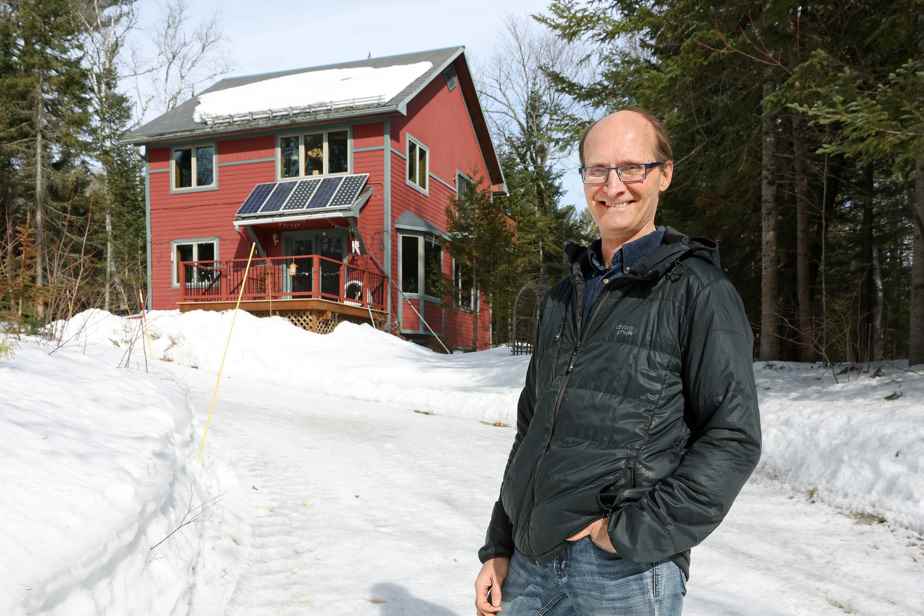André Fauteux, who lives in Sainte-Adèle, thought he was safe from the hazards of a prolonged power outage. Having his office at home, the publisher and editor of the magazine The House of 21and century had fitted his house with a 650 watt back-up photovoltaic system at the end of 2008 to avoid any problems.
Posted at 7:05 p.m.
Over the past few days, however, he noticed that the lead-acid battery in his system was at the end of its life and he, like many Hydro-Québec subscribers, had to buy ice from a retailer in order not to lose food. He will therefore revise his strategy to be ready the next time, he revealed Tuesday noon during a videoconference organized by the Maison du développement durable.
The videoconference, titled Demystifying the concept of the autonomous house, is the game really worth the candle?, was particularly timely. Jean-Pierre Desjardins, lecturer at UQAM, set the table by explaining what an autonomous house consists of, independent of the Hydro-Québec network, emphasizing the use of solar energy.
“Everyone dreams of disconnecting from Hydro-Québec, but it doesn’t really pay off unless the Hydro line is more than 500 meters away,” Mr. Fauteux then indicated. On the other hand, we should all strive for energy security. With climate change, there will be more and more violent winds, which will bring down trees, and ice storms. If you work from home, I especially encourage you to get a small system. What is interesting is that renewable energy systems are modular. We can therefore start small and add photovoltaic production capacity and storage in batteries. »
Emmanuel Cosgrove, co-founder and general manager of Écohabitation, who lives in Wakefield in the Outaouais, was still without electricity when he spoke. “I would have liked to have a small system in backup, like at André’s, but since there are a lot of mature trees, we did an insolation study, which revealed that the potential to generate electricity on this site is very low. »
A self-contained house is not ecological, since it implies in particular the use of a propane stove and a gasoline, propane or diesel generator, he pointed out. According to him, it is also not an economically attractive option.
“It is better to take a connection to Hydro-Quebec, he specified. It is certain that a connection is expensive in poles depending on where you are located. But generally, energy autonomy makes absolutely no sense in the city. And it makes no sense with an existing house that already has its Hydro connection. When you try to compete with Hydro-Québec and calculate all the costs, it’s almost never profitable. »
“Normally, you can survive a Hydro failure just with batteries,” he also explained. We can very well build our resilience by storing. What you are going to see in the very near future is what we call V2H or V2G, Vehicle-to-Home Where Vehicle-to-Grid. This means that the big mega lithium battery that we have in our electric car can power our house in the event of a breakdown. The Leaf and the Mitsubishi PHEV are two vehicles that do not have a clause in their warranty against people who want to use the car battery during breakdowns at home. It is an excellent idea. We have a low-carbon vehicle and we don’t have to over-consume by buying two large lithium batteries, one for the house and one for the car. It is to be monitored. »
Finally, he suggested to those who wish to embark on the adventure of photovoltaics to be well informed, to be in full control. Écohabitation, with Jean-Pierre Desjardins, regularly offers training.

